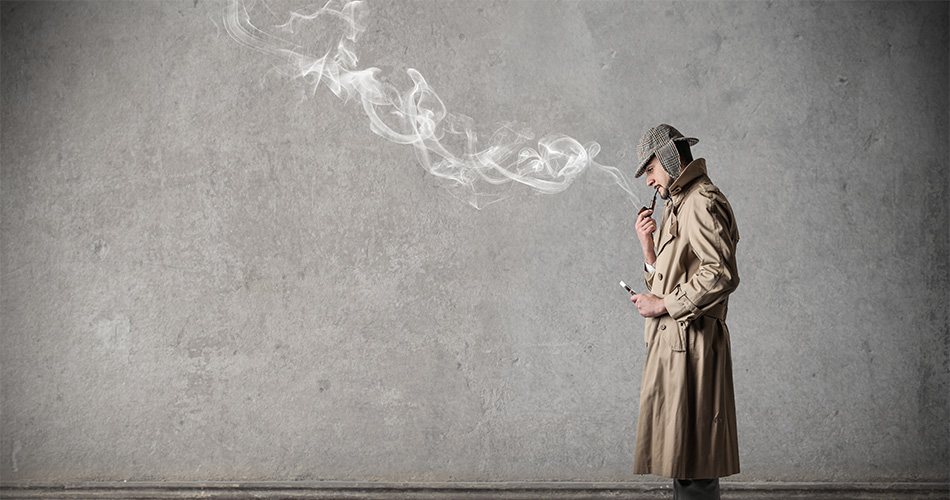Analysing data from 13 503 adults aged 18 years and above from the US National Health and Examination Survey, the study aimed to determine the prevalence of underreported nicotine exposure. This was defined as reporting no exposure to any nicotine products including regular cigarettes and vapes, yet having detectable levels of serum cotinine.
The research team found that 51% of the participants had cotinine in their blood, yet less than half of the people with evidence of secondhand smoke exposure reported being exposed to smoke. What could the reasons be? Could this indicate exposure to thirdhand smoke?
Thirdhand smoke: the less detectable counterpart of secondhand smoke
Thirdhand smoke, the chemical residue from cigarette smoke left behind in dust and on surfaces when someone in the vicinity has smoked, is especially picked up by children who by nature are more likely to explore and touch surfaces.
A research team from San Diego State University and the University of Cincinnati used a novel method of swabbing the hands of children aged 11 and below, to look for traces of nicotine, an indicator that they have been exposed to thirdhand smoke.
The researchers found that a shocking 97% of the 504 children in the study had some level of nicotine on their hands. Moreover, over 95% of children with nicotine traces on their hands came from non-smoking households.
Georg Matt, a psychology professor at SDSU and director of the Thirdhand Smoke Resource Center, highlighted the importance of the findings. “This study filled an important gap. We have done a lot of research about thirdhand smoke in private homes, cars, hotels, and casinos, but we haven’t had access to clinical populations.”
Is cleaning enough to get rid of smoke residue?
In 2020, Matt and has team had conducted another study to look into the effectivity of different cleaning methods on thirdhand smoke pollution. The study titled, “Remediating Thirdhand Smoke Pollution in Multiunit Housing: Temporary Reductions and the Challenges of Persistent Reservoirs,” aimed to identify the the effects of different cleaning methods on such chemicals.
The study participants were split in three groups. The first were assigned to dry/damp cleaning followed by wet cleaning 1 month later, the second to wet cleaning followed by dry/damp cleaning 1 month later, and the third dry/damp and wet cleaning applied the same day.
The researchers measured the levels of nicotine on surfaces and in dust before smoke exposure, immediately after, and 3 months after the cleaning, using liquid chromatography with triple quadrupole mass spectrometry (LC–MS/MS).
The study results indicated that nicotine contamination was immediately reduced in all three groups following cleaning. However, regardless of the cleaning method, nicotine contamination in all homes increased again during the three months following cleaning.
In light of these results, the researchers concluded that while cleaning interventions did reduce nicotine in dust and on surfaces, they did not permanently remove it. “We would like to be able to tell residents that there is a simple way to remove this contamination permanently, but that is not what we found. What we can say, as a result of this study, is that there are two important steps you can take to reduce thirdhand smoke contamination and make your home safer,” said Matt.












